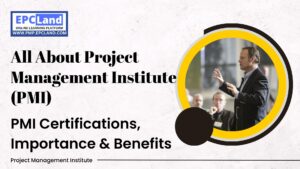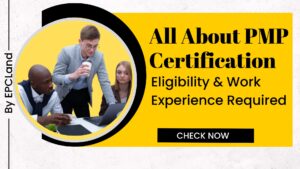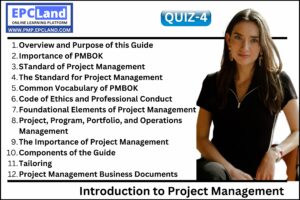1.
You are a project manager for Cashiers Systems. Your company produces cashiering systems and software for the retail industry. Your customer has requested a change to the product. You will handle this change using the scope change control system. All of the following are true except:
2.
During contract negotiations, your vendor tells you that the equipment originally bid in the RFP is no longer available. They say the best solution is to buy the new equipment they’re offering, which is a higher price than the original equipment. You have concerns that the new equipment might not be compatible with existing equipment and try to discuss this with them. They remind you that this decision was already made during the last contract negotiation meeting so there’s no need to continue to discuss it. This is an example of which of the following?
3.
You are a project manager for Uncle Sam’s Flag Company. Your company has designed a new line of products featuring the American flag. Due to some unique circumstances, the products are in hot demand and the project sponsor has asked you to do whatever it takes to get this project completed early and make the products available. You decide to eliminate some of the requirements that are not critical and to add resources to the project. The sponsor agrees to pay the additional costs since time is now a critical factor. Which technique have you used?
4.
You are the project manager for a nonprofit organization. Your project has come about due to a social need. Your sponsor wants to get right to the Planning process. However, you know that a scope statement should be published prior to proceeding to the Planning processes. All of the following are true regarding scope statements except:
5.
You’ve just accepted a new project management assignment. The project is for a customer in a foreign country. You’ve requested a business analyst and two other project team members from the country the customer resides in to participate on your team. The remaining team members are from your country. You know that the best way to ensure the project team doesn’t get bogged down in cultural differences and hold up project progress is to:
6.
Which of the following processes involves receiving bids and proposals and applies evaluation criteria to the proposals to rank order the sequence of award?
7.
You are the project manager for a nonprofit organization. Your project has come about due to a social need. Your sponsor wants to get right to the Planning process. However, you know that a project charter should be published prior to proceeding to the Planning processes. All of the following are true regarding project charters except:
8.
You are a project manager working in the automotive industry. You are performing quality control and decide to rank order the frequency of problem occurrences over time using which of the following:
9.
Lessons learned are used for all of the following except:
10.
You are developing your project schedule and have decided to use the PERT method to determine project duration. The estimates you’ve gathered so far include the following: Most likely is 200 hours, optimistic is 180 hours, and pessimistic is 220 hours. Which of the following is the correct PERT estimate?











































